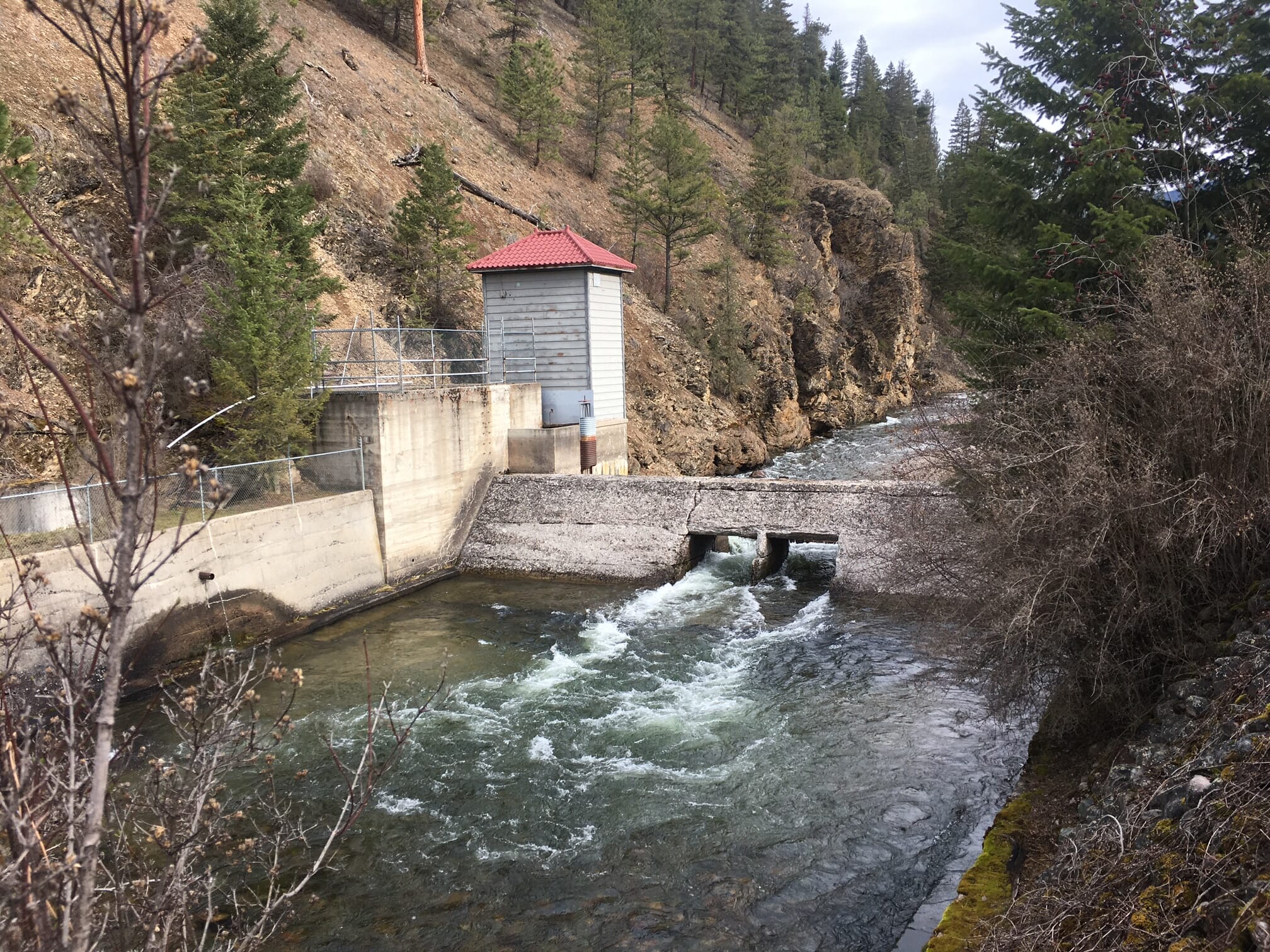By Rob Roberts
This week, Missoula Mayor John Engen announced the removal of the Rattlesnake Creek Dam, a barrier on a much-loved trout stream that runs through the city.
Beginning in the Rattlesnake Wilderness north of Missoula, Rattlesnake Creek is one of the major sources of trout recruitment for the Clark Fork River and a highly popular recreation area. Despite its urbanized lower reaches, the creek supports significant populations of migratory, native bull trout, Westslope cutthroat trout, mountain whitefish and sculpin, as well as wild sportfish like rainbow trout and brown trout. Montana Fish, Wildlife and Parks, the U.S. Forest Service and other partners consider the creek to be a high-priority opportiunity for restoration and reconnection.
The dam has impeded fish passage, recreation activities and natural stream function in Rattlesnake Creek for more than 100 years.
All those big fish in the river are coming up here trying to spawn and all those little fish are swimming back down—we have a vision of a free-flowing Rattlesnake Creek that connects from the headwaters to the confluence of the Clark Fork River.
Removing the dam will restore the ecological integrity of the Rattlesnake system by restoring the stream’s capacity for wood, fine sediment and bedload transport, which has been impaired for more than a century. The project will also be important to recreation and cultural resources, as Rattlesnake Creek has important links to Salish tribal history and is a popular fishing destination. Once the project is complete, the old dam site will be managed by City of Missoula Parks and Recreation and accessible to the public.
With an eye towards the eventual purchase of the Mountain Water Company delivery system by the City of Missoula, TU and our partners launched the Rattlesnake Fish Passage Project in 2014, an ambitious plan to fully reconnect the 26 mile-long mainstem Rattlesnake Creek river corridor (35 miles with tributary habitat included).
Within the lower five miles of Rattlesnake Creek—in addition to the main stem dam—there are six irrigation ditches that divert water and trap migratory and juvenile trout. Since 2015, TU has installed new fish screens on two of the ditches and another fish screen installation is planned for 2017.
By 2020, all six of the irrigation ditches will have modern, fully-functioning fish screens to eliminate fish mortality in irrigation systems.
Rob Roberts is a TU project manager based in Missoula.



